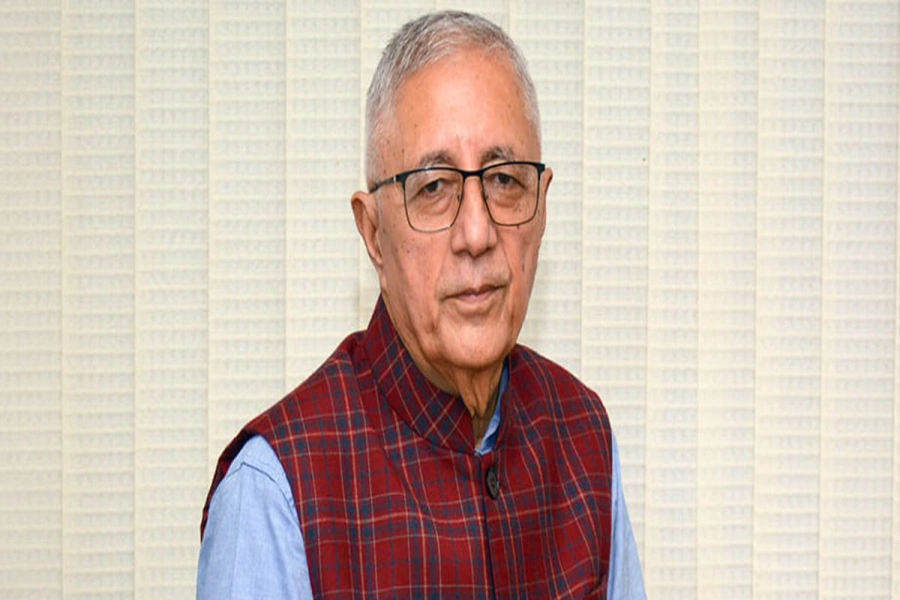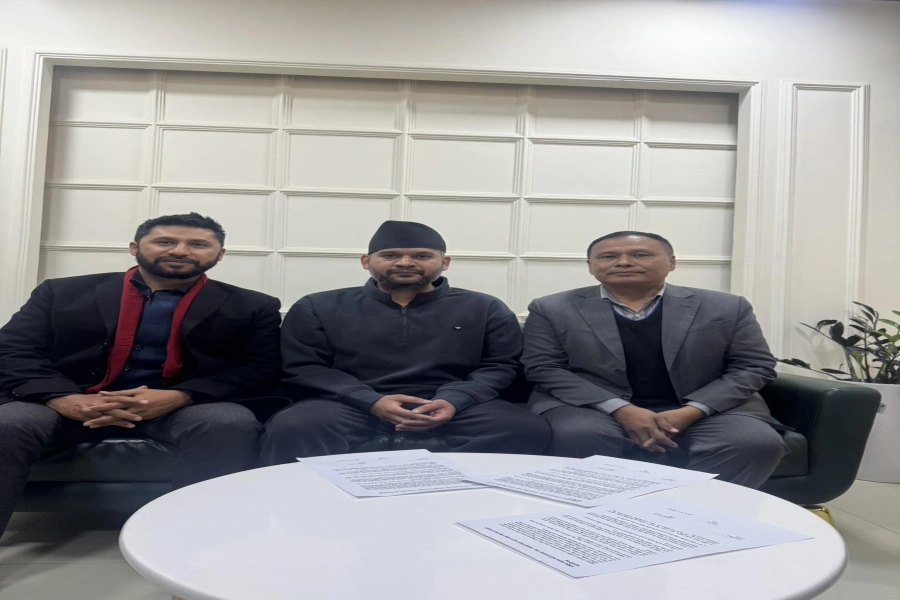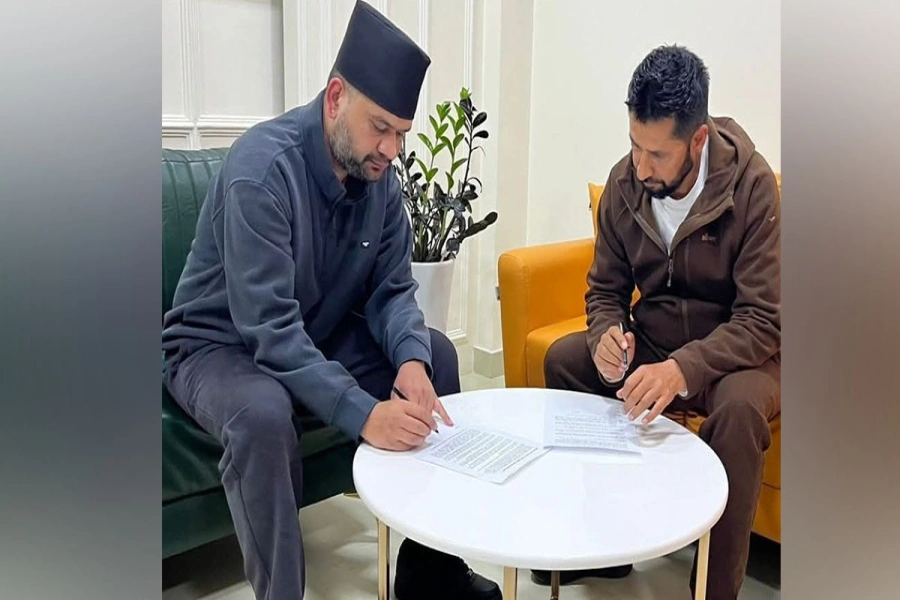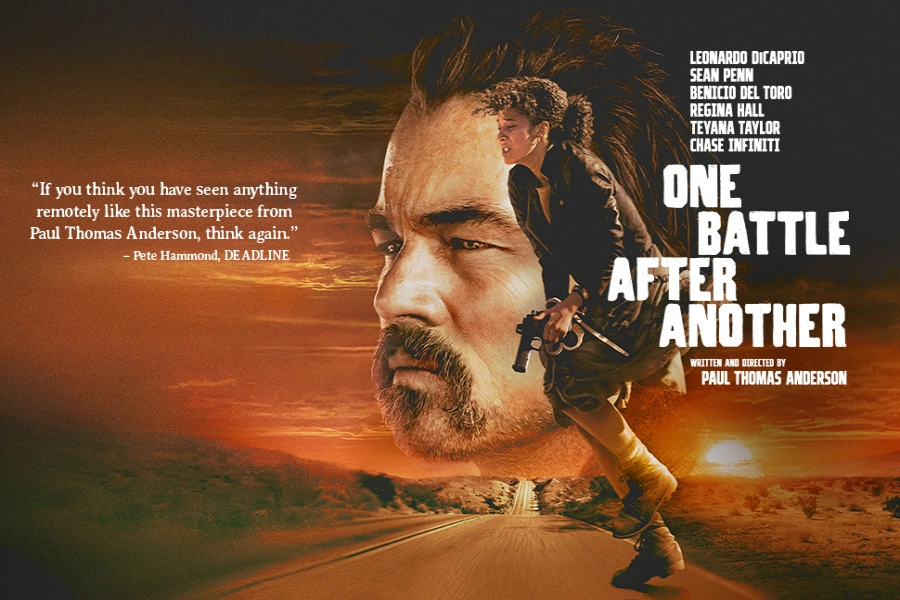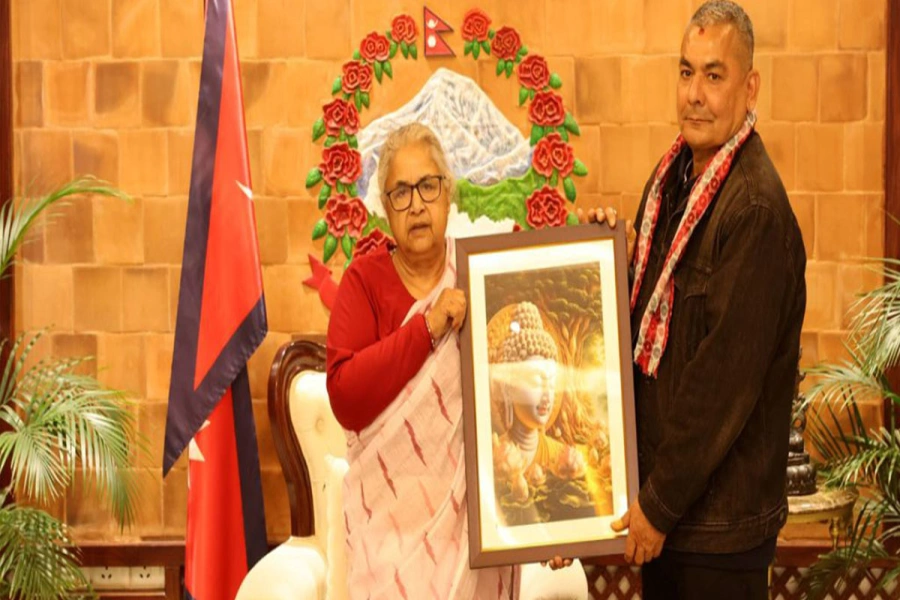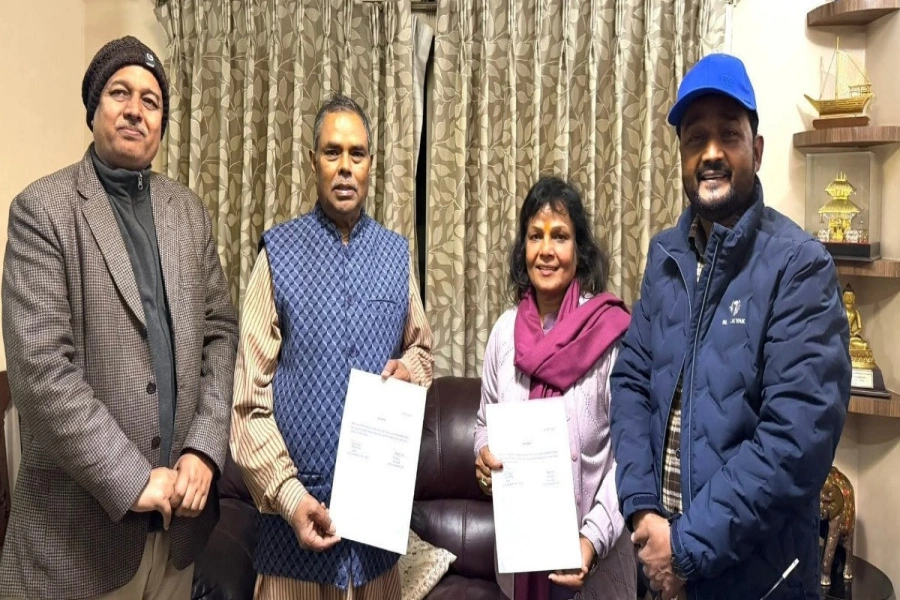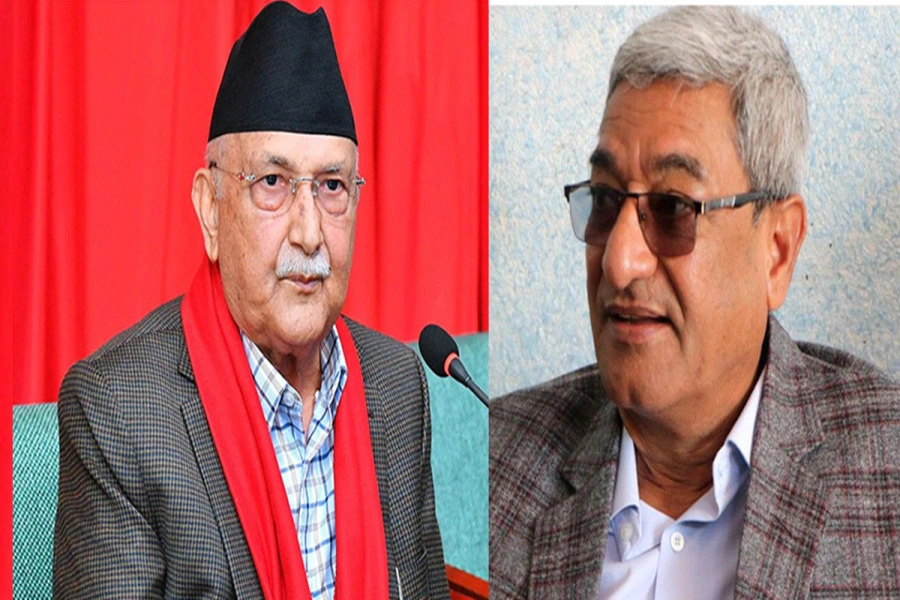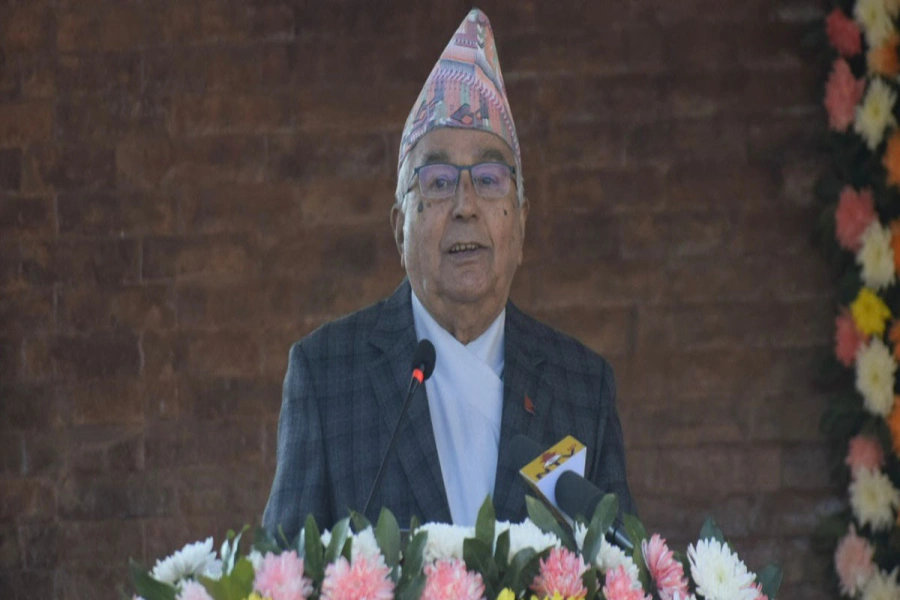Policy tool called Access, Watch, Reserve (Aware) can accelerate the fight against antimicrobial resistance
Antimicrobial resistance (AMR) is one of the 21st century’s greatest threats to health. Across the world, AMR already kills an estimated 700 000 people each year. By 2050, unless urgent action is taken, it is projected to kill 10 million annually at a cost of USD 10 trillion. AMR occurs when the effectiveness of antimicrobial drugs—including antibiotics—is diminished due to mutations in infectious bacteria. One of the most important causes of AMR and the superbugs it creates is the use of high-power antibiotics where less potent drugs would do.
The future of medicine—and with it, public health—is at stake.
152,908 win the battle against COVID-19 in Nepal, the country r...

The WHO South-East Asia Region has made steady progress. As per the Global Action Plan on AMR, all 11 of the Region’s Member States are implementing a multisectoral national action plan to tackle the problem. They have also signed on to the Global Antimicrobial Resistance Surveillance System (GLASS), a key initiative that informs AMR-related research and decision-making. Region-wide, Member States are working across sectors to augment reference laboratories, improve regulatory capacity and enhance antibiotic stewardship. They are also promoting awareness, the importance of which this year’s World Antimicrobial Awareness Week underscores. In October, WHO’s Regional Office convened a Technical Advisory Group in New Delhi, India to identify key accelerators, in line with the Region’s Flagship Priority on the issue.
WHO’s AWaRe classification tool was of special interest.
Standing for Access, Watch, Reserve, the AWaRe tool has already been adopted by several of the Region’s Member States. More are set to follow. The tool groups antibiotics into three main categories based on their strength and potential impact on AMR. For example, ‘Access’ antibiotics are first-or second-line treatments for common infections. They should be widely accessible. Antibiotics in the ‘Watch’ category should be applied only to a limited group of well-defined syndromes. Their use should be closely monitored. ‘Reserve’ antibiotics should be applied as a last resort to treat multi-or extensively-drug resistant bacteria. They are a valuable and non-renewable resource. A fourth category—‘discouraged antibiotics’—refers primarily to irrational antibiotic combinations that may negatively impact AMR and patient safety.
So how does the AWaRe tool help combat AMR?
First, it allows policymakers to more effectively monitor antibiotic consumption. This is crucial to ensuring antibiotics are used rationally. By better understanding the absolute and relative consumption of different types of antibiotics, policymakers can identify overconsumption and set targets to reduce the problem. Changes in how antibiotics are prescribed and consumed can be monitored in real-time, allowing authorities to make appropriate interventions.
Second, the AWaRe tool and its index helps policymakers align their Essential Medicines List (EML) with the WHO Model EML—the gold standard. At present, many countries have EMLs with a disproportionate volume of antibiotics of the same class, which are too often accessible at all levels of care (‘Access’ antibiotics should comprise at least 60 percent of those consumed). This encourages the overuse of ‘Watch’ and ‘Reserve’ category antibiotics. By adopting the tool and applying it to their national EML, the Region’s Member States can better balance and optimize their antibiotic use.
Finally, the AWaRe tool aids policymakers in updating or establishing national treatment guidelines. By synchronizing treatment guidelines with AWaRe categories, health authorities will help ensure the appropriate category of antibiotic is used for any given infection. This is a key to securing the efficacy of ‘Watch’ and ‘Reserve’ antibiotics, which should only be used for a limited number of syndromes and circumstances. Precision is everything.
The potential for the AWaRe tool to spur rapid and lasting gains is immense. But it is not enough for countries to simply adopt the tool; it must be fully implemented. That means incorporating the tool’s benchmarks into medical curricula and professional training programs. It means coordinating with the animal health and agriculture sectors so that they too monitor and report antibiotic consumption as per the AWaRe categories. And it means banning irrational fixed-dose combination products that risk patient safety and accelerate AMR. We have much work to do, and many opportunities to drive change.
There is not a moment to lose. AMR is one of the 21st century’s greatest threats to health. It is making basic infections difficult to treat and surgeries risky. It is sending us back to a pre-antibiotic era. Though the Region has made commendable efforts to tackle the problem, more are needed. WHO’s AWaRe tool provides a simple yet powerful means for countries to improve antibiotic treatment, increase access and reduce antimicrobial resistance. It should be adopted and implemented by all. WHO is committed to supporting Member States as they strive to sustain and accelerate progress against AMR, including by leveraging this innovative tool. The battle is ours to win.
The author is World Health Organization’s Regional Director for South-East Asia




